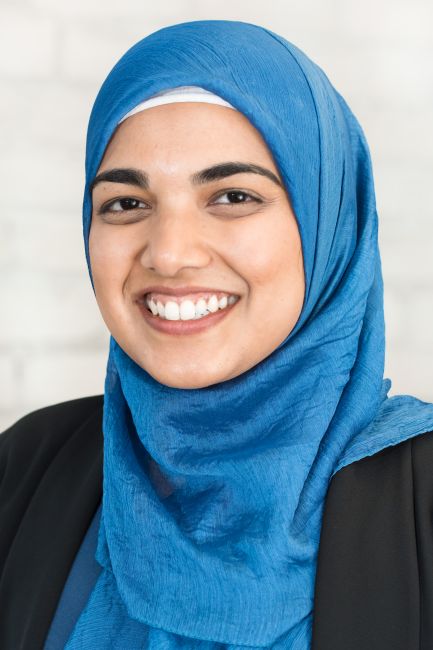My favorite TV series, “Diriliş: Ertuğrul,” has gotten me thinking about what we’ve lost in the shift from more collectivized communities — where people collaborated more naturally — to more individualism. The show embellishes the history of the 13th century Turkish leader, Ertuğrul Gazi, who led the nation preceding the Ottoman Empire, one of the longest-lasting civilizations. It depicts how nomadic tribes worked together to change the world in a time when empires were warring.
As Americans sense many factions and divisions rage around us, this show, to me, provides great lessons about what can be gained, and what is possible, when people come together to work toward common collective causes.
“Collaboration” is one of the vaguest terms in the field of philanthropy. This is partly because there are a variety of levels of collaboration that happen among organizations. Where this gets hairy is that sometimes surface-level exchanges become labeled as “collaboration.” Our friends at Wilder Research conducted a literature review and helped us define levels of collaboration after looking at examples among our Community Innovation grantees.
In the process of funding collaborative work for six years, we’ve learned quite a bit about what makes collaboration work:
- Creating a strong shared vision: like Oceti Sakowin Power Authority, which brought together eight Sioux Tribes to jointly develop their wind resources to meet shared environmental and economic development goals.
- Consulting key stakeholders actively: like Ramsey County’s Mental Health Crisis Alliance, which rolled together the input of multiple stakeholders to incorporate peer supports into the way that mental and chemical health care services are delivered.
- Sharing ownership and decision making: like the Health East Foundation’s Karen Chemical Dependency Collaborative, through which people in the Karen community and health care providers worked together to create culturally responsive chemical dependency services with Karen patients.
When we evaluate Community Innovation grant applications, what makes proposals competitive is successfully mobilizing people who typically may not come together around a bigger vision. This requires relationship building through vulnerability, recognizing the strengths of others through humility, and giving relationships the benefit of the doubt (which means room for failure and resilience).
We sometimes get so caught up in superficial (and perhaps even deep) rifts that we can’t get committed enough to rise above them and create a greater vision of our collective selves. What’s at stake in doing this better? That which only becomes possible when we come together in authentic connection.
